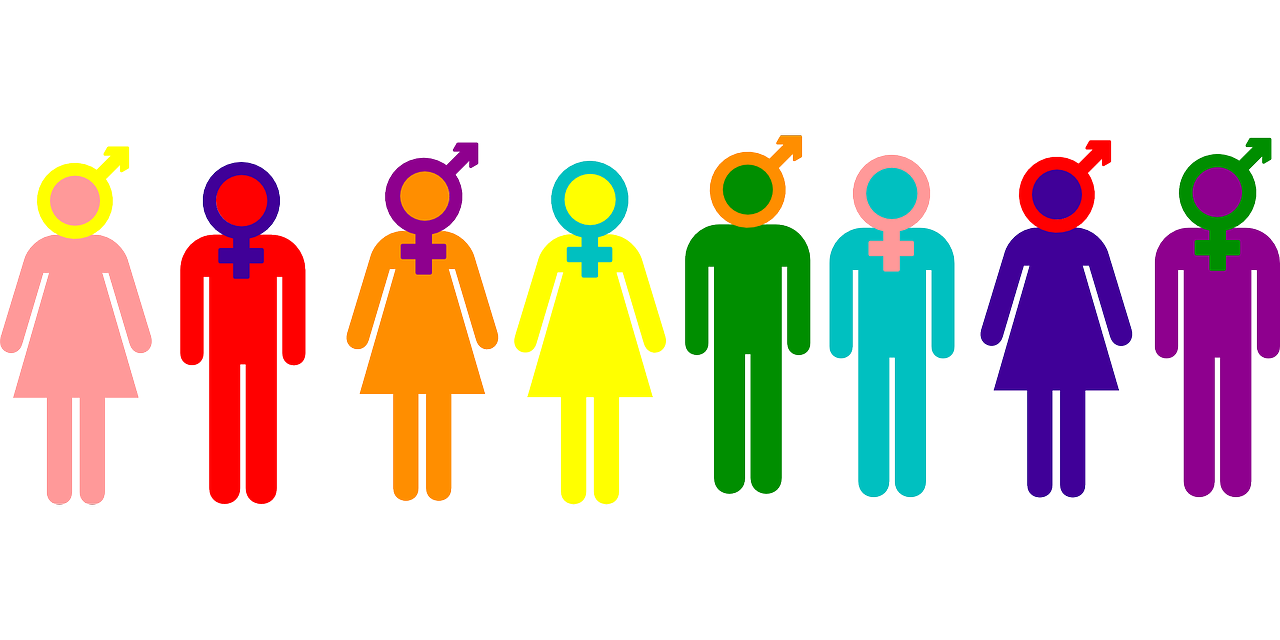Note that your final mark will not be saved in the system.
A1 Cultural factors GapFill
You must fill all the gaps before clicking ‘Check Answers!’

The culture that someone belongs to is made up of a variety of factors. It includes an individual's typical customs, traditions, religious beliefs, language, sexual orientation, and gender identity. These aspects are likely to influence an individual's likelihood of accessing health and social care services and, therefore, have an impact on their health and wellbeing.
For instance, some cultures view hallucinations as significant religious and spiritual experiences, rather than symptoms of a worrying mental health problem or . As a result, they may not seek treatment due to their beliefs about the causes of the experience. Someone's religion, customs and beliefs may open up an individual to . For example, a lack of prayer rooms in certain facilities may prevent certain religions from accessing the services these provide, such as fitness centres or health clinics. Despite these potential negative effects on health and wellbeing, religion can have many positive influences. These include:
- Being part of a and being able to access support networks
- Meditation or prayer as relaxation techniques that can relieve and tension
- Disapproval of alcohol, smoking and recreational drug use, helping people to avoid negative factors such as these
- Meaning to life and value of a person in the world. This could give an individual the drive to be a better person and one who contributes in a positive way to society.
An individual’s gender (i.e. as either a man or a woman, or neither), or sexual (i.e. whether heterosexual, homosexual, pansexual or other), can be a strain on the wellbeing of that individual if they are not recognised by wider society. Furthermore, gender roles and expectations that have been ingrained in society for years can put unreasonable amounts of pressure on people to conform to what is perceived to be norms, such as women being kind, caring and -oriented, and men being assertive go-getters and achievement-oriented.
barriers could be another cultural factor that impacts someone’s ability to access healthcare services, especially if the person is new to the country and has a limited ability to speak and understand English.